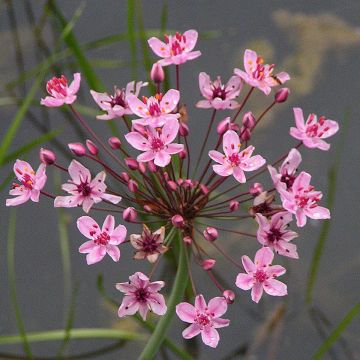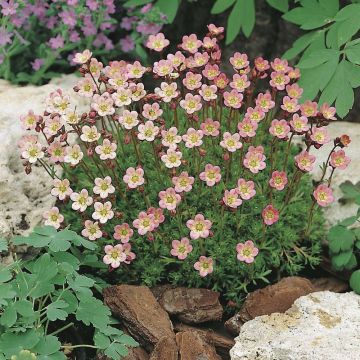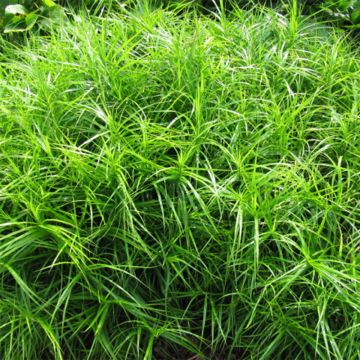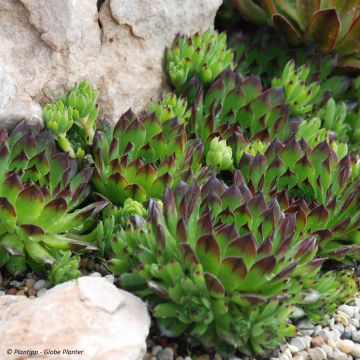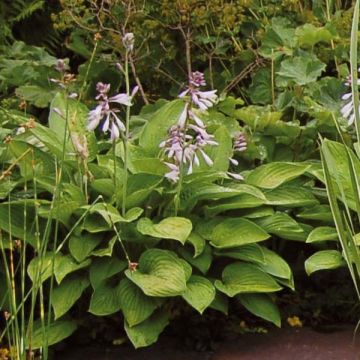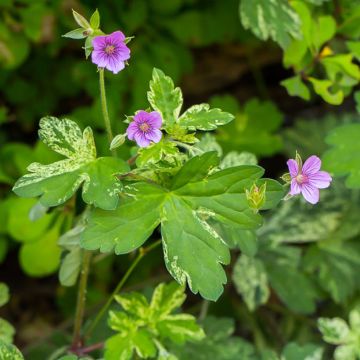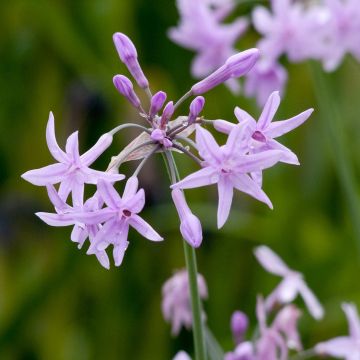

Leucanthemella serotina
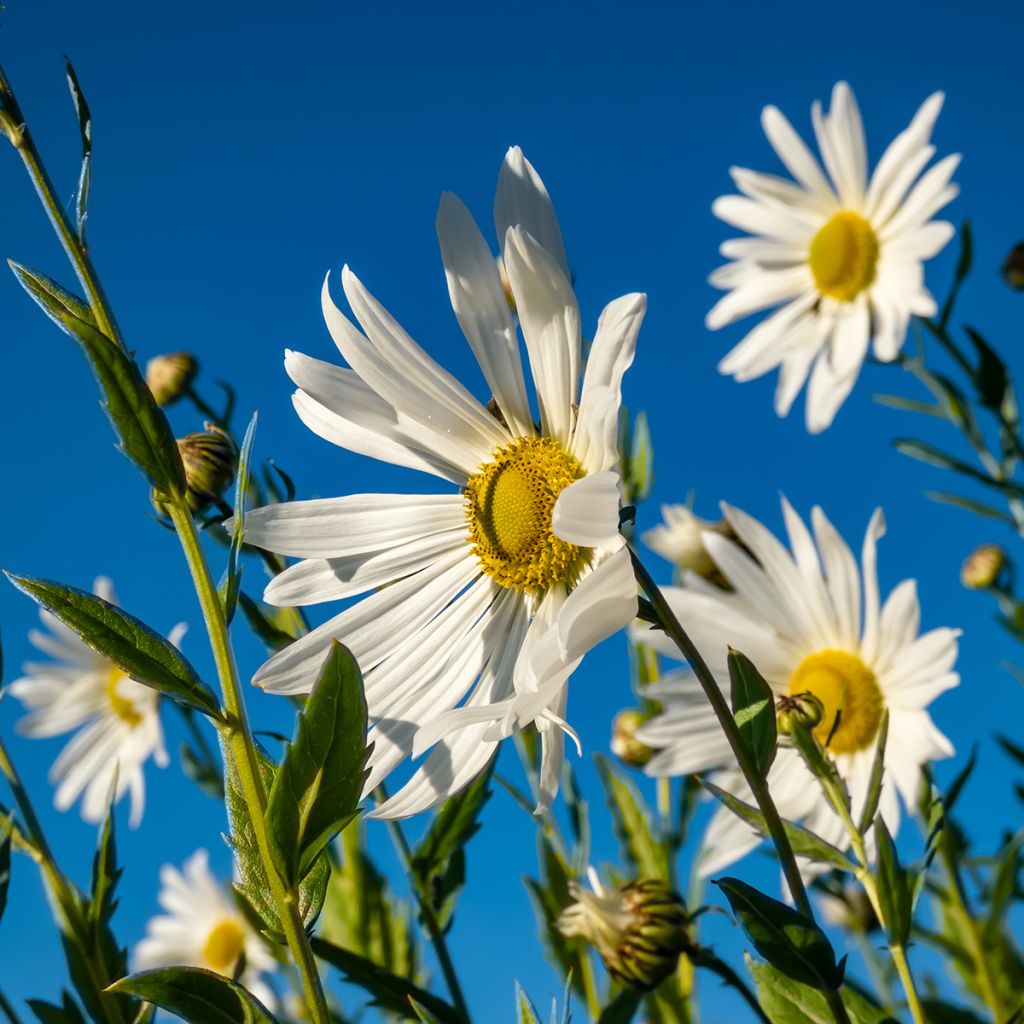

Leucanthemella serotina
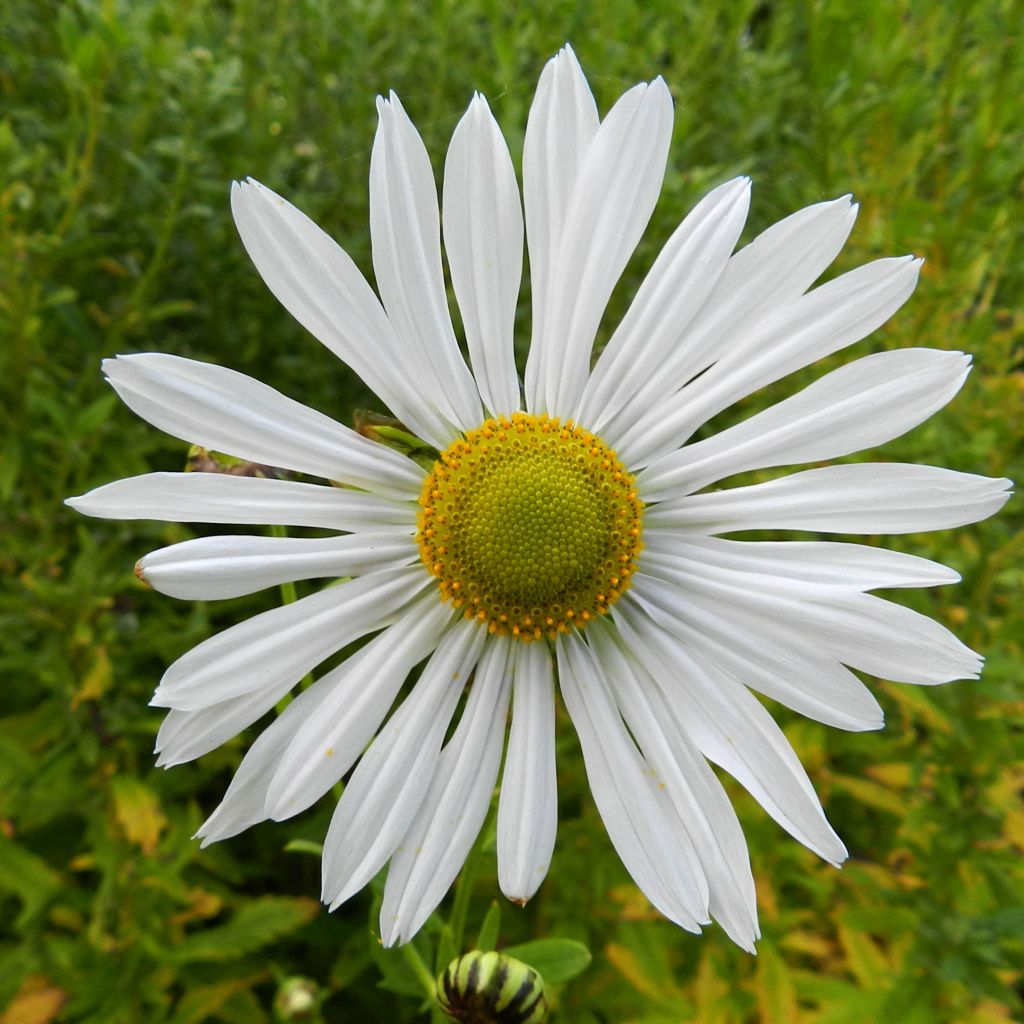

Leucanthemella serotina
Leucanthemella serotina
Leucanthemella serotina
Autumn Ox-Eye, Giant Daisy, High Daisy
This item cannot be shipped to the selected country
Delivery charge from €5.90
Delivery charge from €5.90
More information
Schedule delivery date,
and select date in basket
This plant carries a 12 months recovery warranty
More information
We guarantee the quality of our plants for a full growing cycle, and will replace at our expense any plant that fails to recover under normal climatic and planting conditions.
From €5.90 for pickup delivery and €6.90 for home delivery
Express home delivery from €8.90.
From €5.90 for pickup delivery and €6.90 for home delivery
Express home delivery from €8.90.
Does this plant fit my garden?
Set up your Plantfit profile →
Description
Leucanthemella serotina, also known as late-flowering ox-eye daisy or late leucanthemum, is a large deciduous perennial, with a slightly upright habit. It flowers at the end of summer with slightly loose bouquets of large white flowers with golden hearts. It blooms until October. Its strong stems do not require staking and easily withstand strong winds. This plant is very hardy and can grow in any ordinary, moist soil, in full sun.
Leucanthemella serotina belongs to the Asteraceae family. It is native to southeastern and central Europe, from the Balkans to the Caucasus. It has been introduced and naturalised in temperate zones around the world. It was formerly known as Chrysanthemum uliginosum due to its preference for wet meadows where it can be found in the wild, sometimes in large colonies. It has an upright, bushy clump-forming habit, reaching a minimum height of 150cm (59in) with a diameter of 80cm (32in). This large daisy has sturdy stems that remain upright even in wind or heavy rain. The flowers are large white daisies with golden yellow hearts. They appear in large loose clusters at the end of summer. The foliage is deciduous, light green, with lanceolate and dentate leaves measuring up to 12cm (5in) in length.
It will find its place in borders, alongside other tall, slightly wild plants such as giant scabious, late-flowering asters (smooth aster, ageratoid aster, and goldilocks aster), and Japanese anemones, and Polygonum microcephalum. Often given as reaching 1.5m (5ft), it can actually reach, and often exceed, 2m (7ft) in height. It is often planted in the shade at the edge of the woods, which is not its preferred condition. It accompanies cimicifuga, autumn monkshoods, and strobilanthes, with which it blooms together. To hide the yellowing basal leaves that often occur before the end of flowering, lower-growing perennials such as perennial chrysanthemums ('Chinese Emperor'), Cerastostigma willmottianum, or Knautia macedonica can be used. It can also be planted near water bodies, where it will find the natural conditions it prefers.
Report an error about the product description
Leucanthemella serotina in pictures
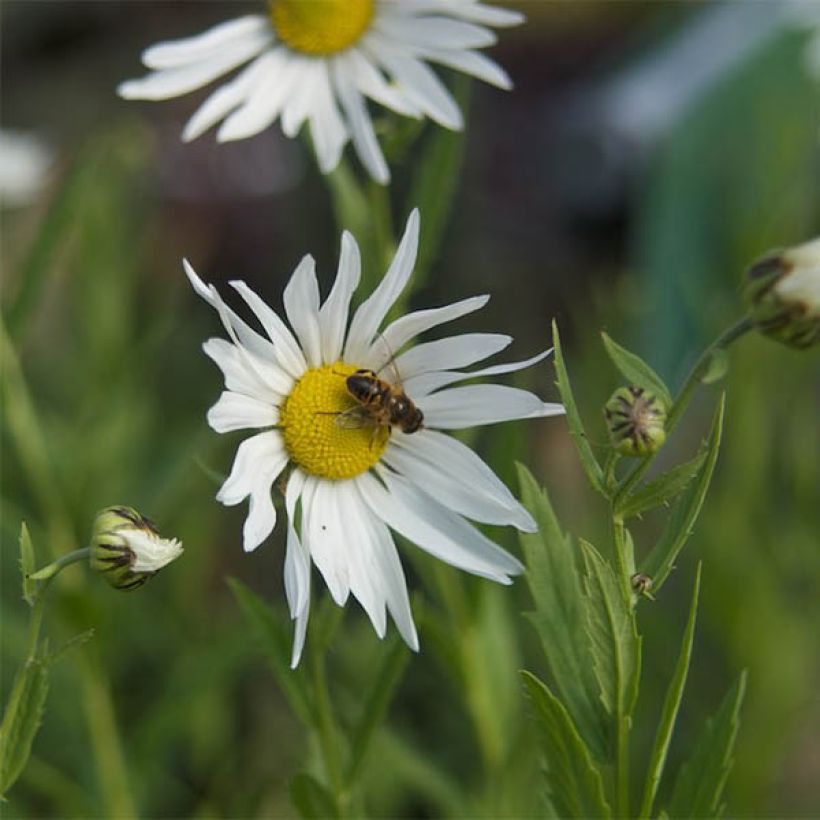

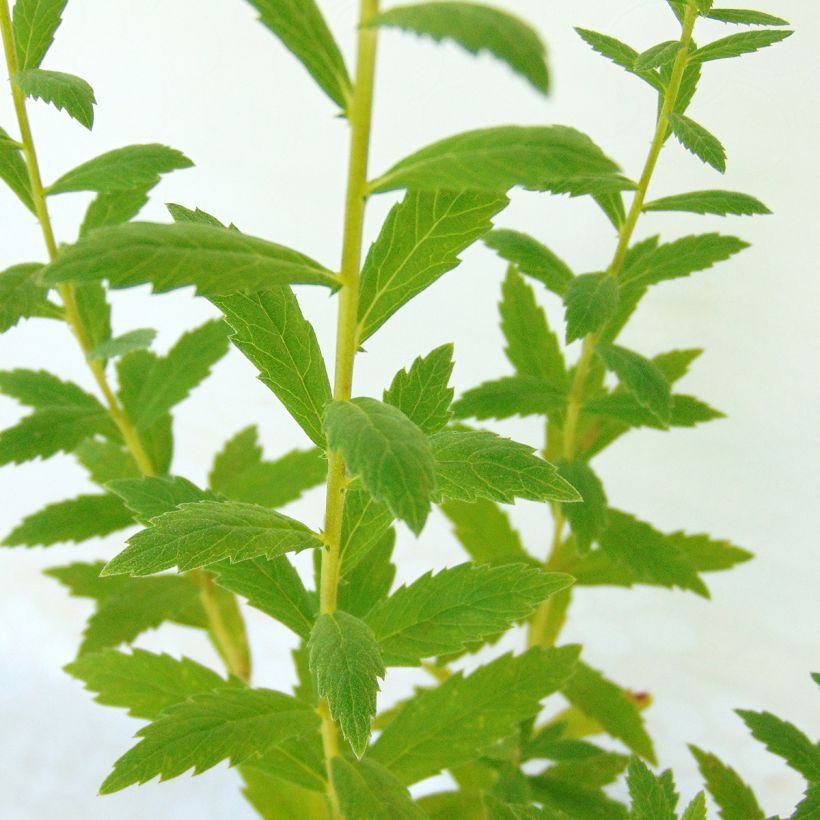

Flowering
Foliage
Plant habit
Botanical data
Leucanthemella
serotina
Asteraceae
Autumn Ox-Eye, Giant Daisy, High Daisy
Central Europe
Other Perennials A to Z
Planting and care
Leucanthemella serotina appreciates moisture for its roots, which will allow it to withstand periods of high heat. However, it requires good drainage. This large daisy only fears prolonged drought. It is the only chrysanthemum that grows in the clay soil of our garden, without any special modifications or amendments. One could even say that it thrives best in rich, heavy soil - but without stagnant water. It is not without reason that it is named the marsh chrysanthemum!
Planting period
Intended location
Care
-
, onOrder confirmed
Reply from on Promesse de fleurs
Haven't found what you were looking for?
Hardiness is the lowest winter temperature a plant can endure without suffering serious damage or even dying. However, hardiness is affected by location (a sheltered area, such as a patio), protection (winter cover) and soil type (hardiness is improved by well-drained soil).

Photo Sharing Terms & Conditions
In order to encourage gardeners to interact and share their experiences, Promesse de fleurs offers various media enabling content to be uploaded onto its Site - in particular via the ‘Photo sharing’ module.
The User agrees to refrain from:
- Posting any content that is illegal, prejudicial, insulting, racist, inciteful to hatred, revisionist, contrary to public decency, that infringes on privacy or on the privacy rights of third parties, in particular the publicity rights of persons and goods, intellectual property rights, or the right to privacy.
- Submitting content on behalf of a third party;
- Impersonate the identity of a third party and/or publish any personal information about a third party;
In general, the User undertakes to refrain from any unethical behaviour.
All Content (in particular text, comments, files, images, photos, videos, creative works, etc.), which may be subject to property or intellectual property rights, image or other private rights, shall remain the property of the User, subject to the limited rights granted by the terms of the licence granted by Promesse de fleurs as stated below. Users are at liberty to publish or not to publish such Content on the Site, notably via the ‘Photo Sharing’ facility, and accept that this Content shall be made public and freely accessible, notably on the Internet.
Users further acknowledge, undertake to have ,and guarantee that they hold all necessary rights and permissions to publish such material on the Site, in particular with regard to the legislation in force pertaining to any privacy, property, intellectual property, image, or contractual rights, or rights of any other nature. By publishing such Content on the Site, Users acknowledge accepting full liability as publishers of the Content within the meaning of the law, and grant Promesse de fleurs, free of charge, an inclusive, worldwide licence for the said Content for the entire duration of its publication, including all reproduction, representation, up/downloading, displaying, performing, transmission, and storage rights.
Users also grant permission for their name to be linked to the Content and accept that this link may not always be made available.
By engaging in posting material, Users consent to their Content becoming automatically accessible on the Internet, in particular on other sites and/or blogs and/or web pages of the Promesse de fleurs site, including in particular social pages and the Promesse de fleurs catalogue.
Users may secure the removal of entrusted content free of charge by issuing a simple request via our contact form.
The flowering period indicated on our website applies to countries and regions located in USDA zone 8 (France, the United Kingdom, Ireland, the Netherlands, etc.)
It will vary according to where you live:
- In zones 9 to 10 (Italy, Spain, Greece, etc.), flowering will occur about 2 to 4 weeks earlier.
- In zones 6 to 7 (Germany, Poland, Slovenia, and lower mountainous regions), flowering will be delayed by 2 to 3 weeks.
- In zone 5 (Central Europe, Scandinavia), blooming will be delayed by 3 to 5 weeks.
In temperate climates, pruning of spring-flowering shrubs (forsythia, spireas, etc.) should be done just after flowering.
Pruning of summer-flowering shrubs (Indian Lilac, Perovskia, etc.) can be done in winter or spring.
In cold regions as well as with frost-sensitive plants, avoid pruning too early when severe frosts may still occur.
The planting period indicated on our website applies to countries and regions located in USDA zone 8 (France, United Kingdom, Ireland, Netherlands).
It will vary according to where you live:
- In Mediterranean zones (Marseille, Madrid, Milan, etc.), autumn and winter are the best planting periods.
- In continental zones (Strasbourg, Munich, Vienna, etc.), delay planting by 2 to 3 weeks in spring and bring it forward by 2 to 4 weeks in autumn.
- In mountainous regions (the Alps, Pyrenees, Carpathians, etc.), it is best to plant in late spring (May-June) or late summer (August-September).
The harvesting period indicated on our website applies to countries and regions in USDA zone 8 (France, England, Ireland, the Netherlands).
In colder areas (Scandinavia, Poland, Austria...) fruit and vegetable harvests are likely to be delayed by 3-4 weeks.
In warmer areas (Italy, Spain, Greece, etc.), harvesting will probably take place earlier, depending on weather conditions.
The sowing periods indicated on our website apply to countries and regions within USDA Zone 8 (France, UK, Ireland, Netherlands).
In colder areas (Scandinavia, Poland, Austria...), delay any outdoor sowing by 3-4 weeks, or sow under glass.
In warmer climes (Italy, Spain, Greece, etc.), bring outdoor sowing forward by a few weeks.


































